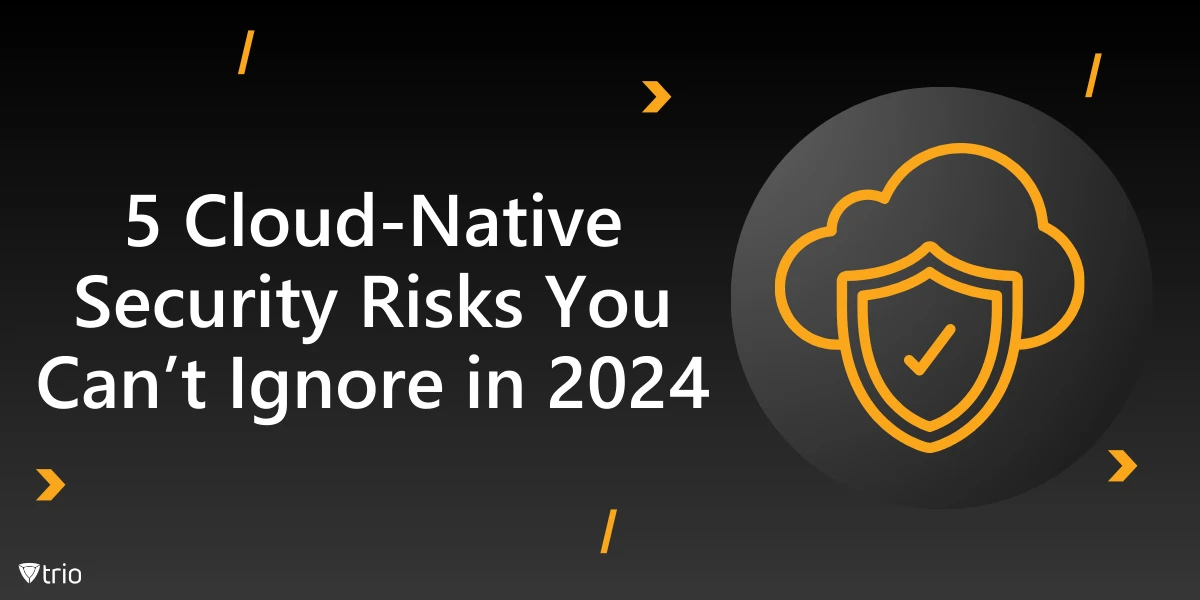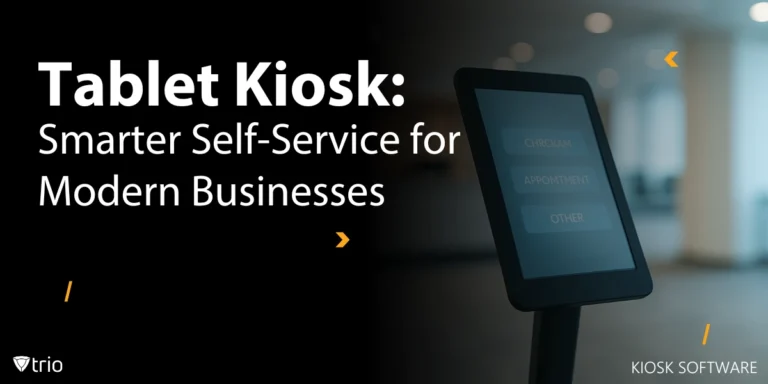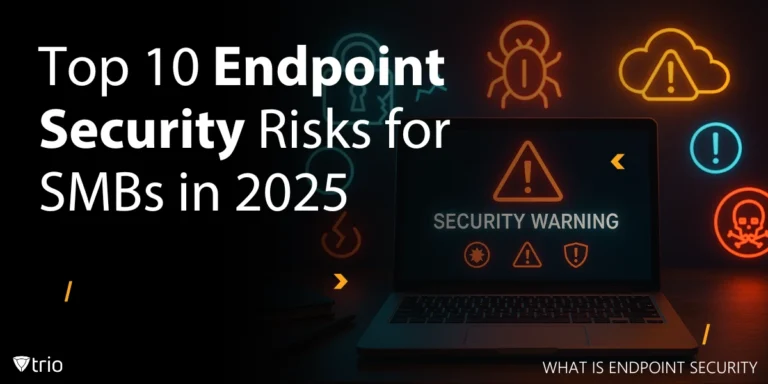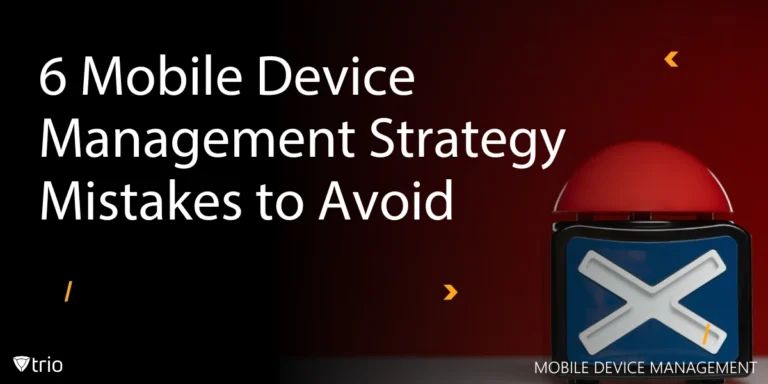Cloud-native applications are taking over the tech world for good reasons—they offer flexibility, scalability, and efficient cloud asset management, making them popular with organizations. With 66% of companies exploring cloud-native development, according to IBM, this shift demands strong security solutions tailored for these complex environments. Cloud-native security solutions help manage risks, ensuring secure and reliable infrastructure for organizations embracing these technologies.
Managing cloud-native systems means dealing with a constantly changing set of threats. Strong security measures are no longer optional—they're necessary to avoid disruptions, costly incidents, and losing customer trust. These systems are more complex and distributed, which means the traditional approach to security is not enough.
The risks in cloud-native environments are growing quickly. To keep your infrastructure, data, and customers secure, staying prepared and informed is required. This means regularly updating security practices, using the right tools, and understanding the specific risks associated with cloud-native technologies.
What Is Cloud-Native Security?
Cloud-native security means protecting applications that are built to take full advantage of cloud-native technologies like containers, Kubernetes, microservices, and serverless architectures. It’s an important part of modern development, trying to keep systems safe at every stage of their lifecycle. As organizations increasingly rely on cloud-native technologies, having a strong focus on security is vital to prevent vulnerabilities and protect sensitive data.
Cloud-native security operations focus on the unique needs of cloud-native environments. Unlike traditional security, it deals with the dynamic nature of cloud applications, their constant updates, and their distributed infrastructure. This means that security solutions need to be flexible and adaptable, capable of protecting applications even as they evolve and scale.
These environments come with unique challenges: greater complexity, distributed systems, and a faster pace of deployment. All of this means we need a new way of thinking about security. Traditional methods that worked for on-premises environments are often not enough for cloud-native systems. Security needs to be built-in from the start and continuously maintained throughout the application lifecycle.
Understanding the risks is the first step. The next sections will dive into these risks and provide practical tips to help you build secure cloud-native systems.

Risk 1: Vulnerabilities in Container Images
Containers are the foundation of cloud-native architectures, but their popularity also brings security challenges. Vulnerabilities in container images can lead to compromised applications, which makes it crucial to focus on security from the start. If a container image contains a vulnerability, it can be exploited by attackers to gain access to the entire application, putting sensitive data and operations at risk.
Using outdated or unscanned images can create security gaps and leave applications open to attacks. This is why cloud-native security tools should be used to scan and update images regularly to keep systems safe. Regular scanning helps to identify and fix vulnerabilities before they can be exploited by attackers.
Practical Tip: Always scan container images for vulnerabilities before deployment, and use trusted repositories to minimize risks. Using verified sources and scanning images regularly can help you avoid introducing vulnerabilities into your cloud-native environment.
Risk 2: Inadequate Identity and Access Management (IAM)
Identity management is crucial for keeping cloud-native systems secure. Inadequate IAM can lead to serious problems—if unauthorized users gain access, the entire system could be compromised. Effective IAM practices are essential to guarantee that only the right people have access to critical resources.
Common IAM problems include giving excessive permissions and poor credential management. Ignoring IAM best practices could be the opening attackers need to get into your system. With excessive permissions, even a small breach can escalate into a major security incident and put your entire system at risk.
Practical Tip: Use the least privilege principle, implement multi-factor authentication (MFA), and conduct regular IAM audits to minimize access-related risks. Keeping permissions restricted and securing credentials prevents unauthorized users from accessing sensitive parts of your infrastructure.
Risk 3: Misconfigurations in Cloud Services
Misconfigurations are common and can happen with something as simple as a wrong setting in a cloud service. These misconfigurations can create serious security issues and lead to exposed data or unauthorized access, which could cause a company data breach. Misconfigurations may also occur because of human error or because default settings were not updated.
Examples include insecure Kubernetes settings or public storage buckets that should be private. These kinds of mistakes are costly but preventable. Proper training and automated tools can help prevent misconfigurations from slipping through the cracks and reduc the likelihood of exposing sensitive data to attackers.
Practical Tip: Use automated cloud-native security tools for continuous monitoring and perform regular configuration checks to catch issues early. Automated tools can help identify and fix misconfigurations before they lead to security incidents, ensuring your cloud services remain secure.
Risk 4: Lack of Real-Time Threat Detection
Detecting threats in a dynamic cloud-native environment is tough. Cloud-native systems are distributed, and traditional detection tools often fall short—missing real-time alerts could allow threats to move through your system without being noticed. Real-time threat detection is crucial to identifying attacks as they happen. This approach gives you the chance to respond quickly and minimize damage.
Without cloud security posture management and real-time visibility, spotting lateral movement in a system is almost impossible. To keep your systems secure, you need real-time insights into what's happening. This allows you to quickly respond to threats and minimize the chances of a successful attack.
Practical Tip: Invest in platforms with cloud-native security observability, designed to detect threats before they cause serious damage. Real-time visibility allows you to detect and respond to threats before they escalate.

Risk 5: Supply Chain Attacks in CI/CD Pipelines
CI/CD pipelines are key elements of fast cloud-native deployments. However, they also introduce risks, especially when they rely on third-party tools and open-source components. This creates opportunities for supply chain attacks, which affect cloud-native security solutions. Attackers can target third-party components to introduce vulnerabilities, which are then passed on through the pipeline.
Supply chain attacks can have widespread effects. A compromised dependency can easily create vulnerabilities in your application and put your entire cloud-native setup at risk. Securing the CI/CD pipeline is the first step to prevent attackers from taking advantage of weak links in your software supply chain.
Practical Tip: Secure your CI/CD pipelines by validating dependencies, performing regular scans, and using code signing to enhance security. Tracking dependencies and ensuring their security helps reduce the risk of supply chain attacks and maintains a secure development environment.
Best Practices for Mitigating Cloud-Native Security Risks
Addressing these security risks requires multiple layers of protection. Zero-trust architecture is a powerful way to minimize risks—it assumes that no user or system is trustworthy until proven otherwise. This means that security is always enforced, regardless of whether the user is inside or outside the organization.
Practices like continuous security assessment and integrating security into development (DevSecOps) are also effective. Security should be part of every step in the development process, not an afterthought. Embedding security into each stage addresses potential vulnerabilities early in the process.
It’s easier to prevent problems than to fix them later. Stay alert and prepared by keeping up with security updates, regularly auditing your infrastructure, and using tools designed for cloud-native environments. Staying one step ahead helps protect your systems against emerging threats.
Trio: Managing Cloud-Native Security Risks
Our company’s MDM solutions help manage mobile devices effectively, reducing risks from mismanagement and security gaps. Trio, our MDM platform, integrates with cloud-native security protocols to assist IT admins in managing devices and reducing security risks. With the added support of cloud-native tools, managing your mobile devices is more efficient and secure.
Interested? Try out Trio with a free demo today and see how it can strengthen your organization's security. Experience firsthand how effective MDM can be in reducing risks and keeping your systems safe.
Conclusion: Staying Ahead of Cloud-Native Security Risks
Cloud-native security risks are real, and awareness is the first step. You need to stay ahead, spotting and stopping threats before they become major problems. With the pace of change being so fast, ongoing learning has never been more important. Keeping up with the latest security developments and implementing best practices can help you maintain a secure environment.
Start small but think big. Use the practices suggested here, secure your systems, and maintain a strong security posture. The future of cloud-native systems requires our attention—let's stay ahead of the risks together. By taking prepared steps, you can protect your organization from emerging threats and ensure that your cloud-native applications are secure.
Get Ahead of the Curve
Every organization today needs a solution to automate time-consuming tasks and strengthen security.
Without the right tools, manual processes drain resources and leave gaps in protection. Trio MDM is designed to solve this problem, automating key tasks, boosting security, and ensuring compliance with ease.
Don't let inefficiencies hold you back. Learn how Trio MDM can revolutionize your IT operations or request a free trial today!





